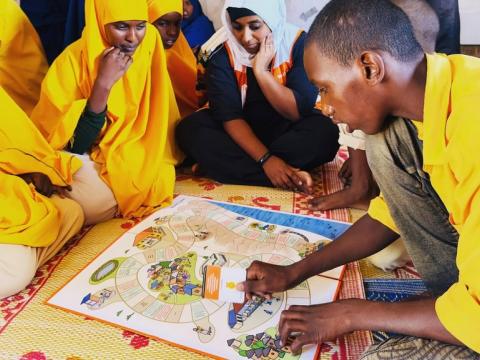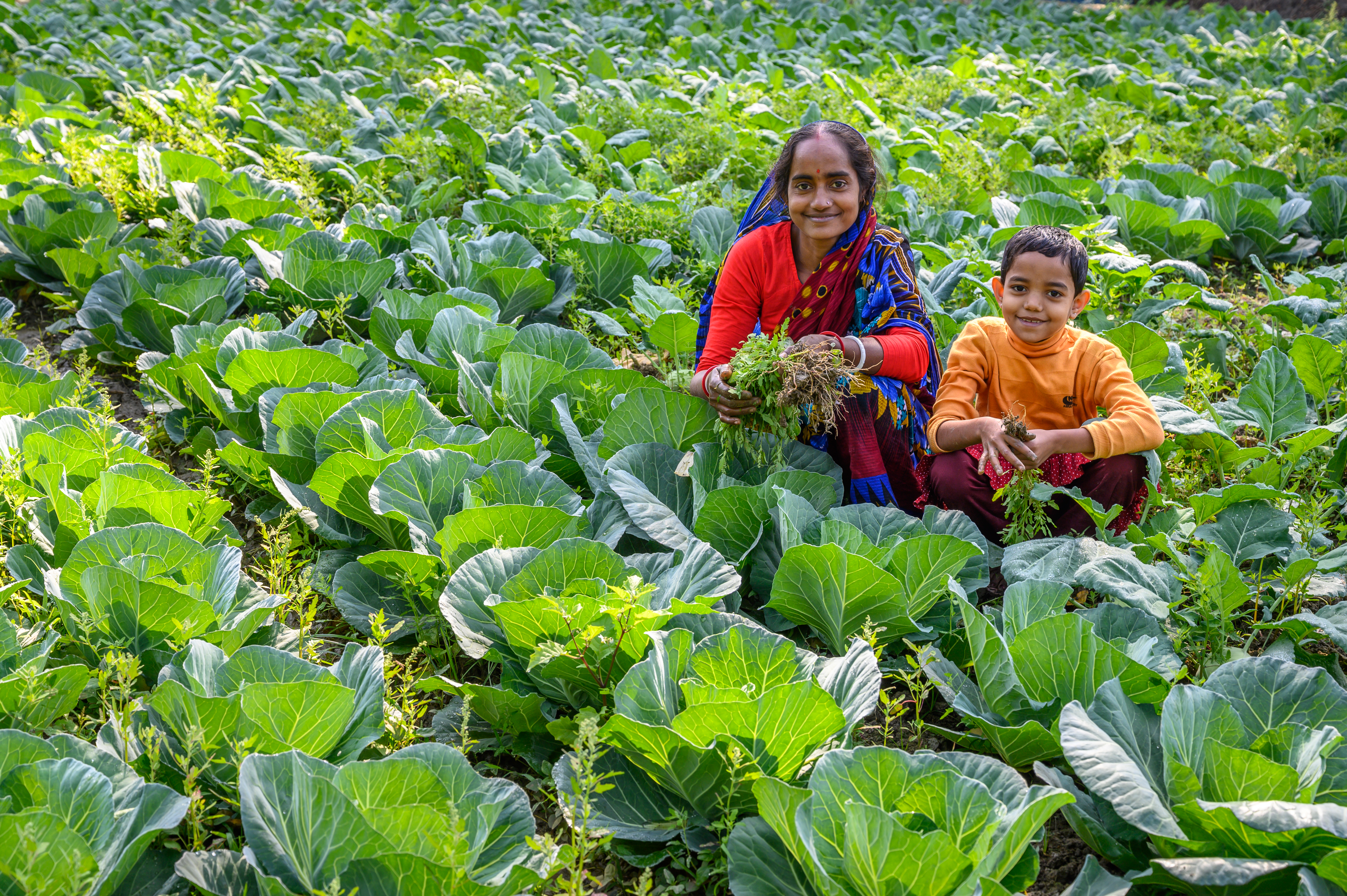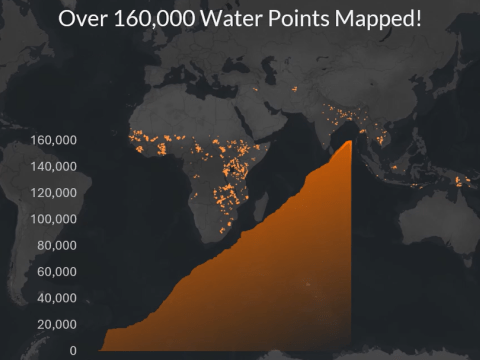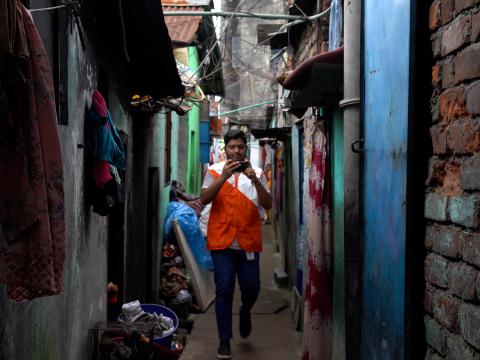
Three important lessons in field-driven innovation
Senior Director of Innovation Bagezile Dube unpacks why field-driven innovation is the secret to ensuring World Vision's work stays relevant in an ever-changing world.
23 April, 2025
In every corner of the world, communities are finding bold, creative ways to overcome challenges. From farming solutions in flood-prone villages to clean water innovations in rural towns, local teams are reimagining what’s possible. As a community-based organisation, World Vision has always been closest to the action. But over recent years we have found three things to be true about innovation in relief, development and advocacy:
1) Local innovation is best
The best solutions are found closest to the challenge, because when local teams are equipped to design, test, and scale their own ideas, the results are not only more effective, but more sustainable. That’s the heart of field-driven innovation — empowering communities to lead change in their own context. When local offices are given the right tools and resources to address their most pressing challenges, they can develop creative and context-specific solutions that best serve their vulnerable populations. That’s the kind of innovation we’re committed to supporting.
Last year alone, we funded 39 innovation projects thanks to support from World Vision offices in Hong Kong, US, New Zealand and Japan, as well as the United Nations Development Programme. Through this combined effort, more than $3.6 million dollars in seed funding supported field-led innovation across 20 countries. This includes both new, untested ideas and proven projects ready to scale. And the results have been inspiring!
One of those projects is in Bangladesh, where families are struggling with food insecurity driven by climate change. They identified a missed opportunity: over 200,000 hectares of unused land in homesteads and schools which could be used for food production. With innovation funding, they launched the 48 Student Farmer project, training over 500 disadvantaged students in climate-smart agriculture. These young people are now equipped with the farming skills and leadership mindset needed to grow their own organic produce at home, increasing their family’s access to healthy food while reducing child hunger and malnutrition.

World Vision in Albania was looking for a way to fight the low financial literacy rates among their youth. They created “SmartKids,” a digital gaming app that teaches financial skills to schoolchildren, engaging 300+ low-income students with a fun, educational resource. In Guatemala, the Biofilters project was launched as a smart water solution for resilient food systems that protects low-income families from toxic chemicals in the communal water system.
2) Innovation should be standard
These successes and more have inspired us to embed innovation in our culture, across how we work, how we learn, and how we deliver impact. We run regular innovation challenges inviting people to share with us suggestions on how to improve our work in new and surprising ways. Beyond individual projects, we’re also investing in innovation hubs — like those in Angola, East Africa, and Costa Rica — that act as regional engines for testing new models, accelerating ideas, and sharing what works.
3) It’s a great investment
With an estimated 4:1 return on investment, field-driven innovation is already delivering real value — helping us reach more people, more effectively, with smarter solutions. But more than that, it’s delivering hope. It’s unlocking the creativity and potential that already exists in the communities we serve.
World Vision International President Andrew Morley put it clearly: “with child vulnerability and country fragility increasing across the world, investing in innovation is absolutely critical to overcome new and existing challenges.”
We couldn’t agree more. Because when we invest in innovation, we’re not just improving programmes — we’re transforming lives. One idea. One community. One breakthrough at a time. So that every child can experience life in all its fullness.
ENDS
To learn more about World Vision's innovation visit https://www.wvi.org/our-work/innovation
With over 20 years in the development sector, Bagezile Dube is passionate about child-focused, field-led innovation and continuous improvement. As Senior Director of Innovation and Continuous Improvement at World Vision, she leads a global team that designs and delivers agile, locally driven solutions for the most vulnerable children and communities. To contact her, email bagezile_dube@wvi.org.


